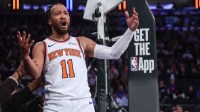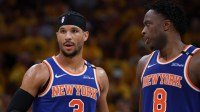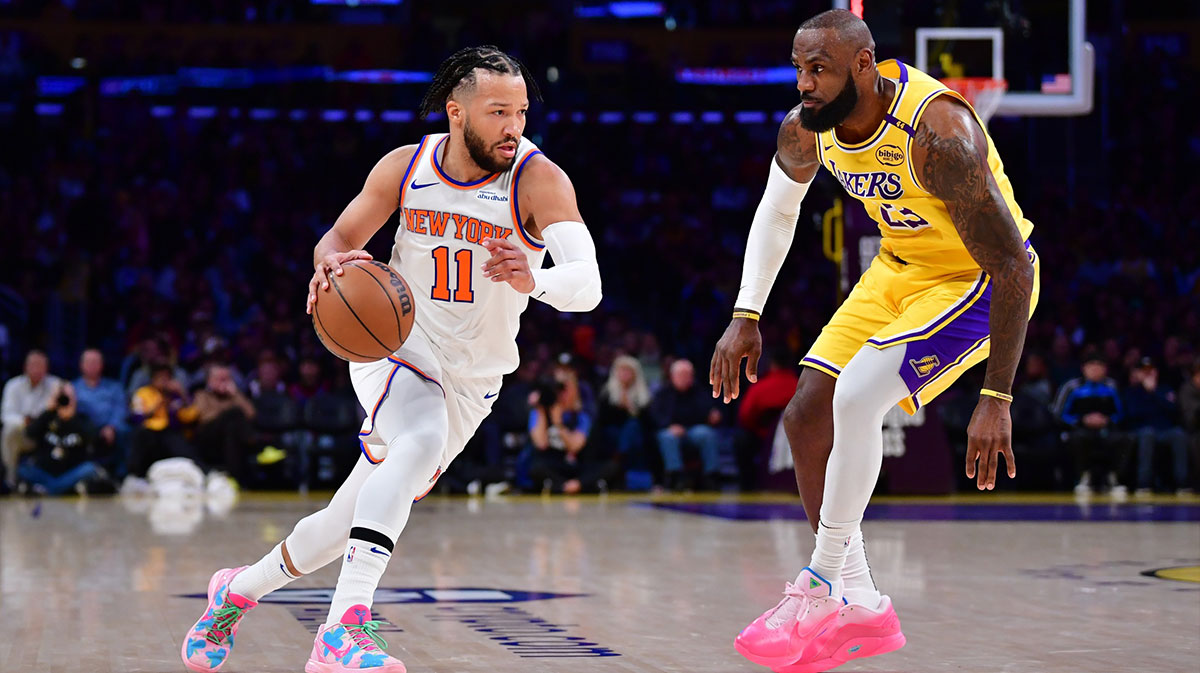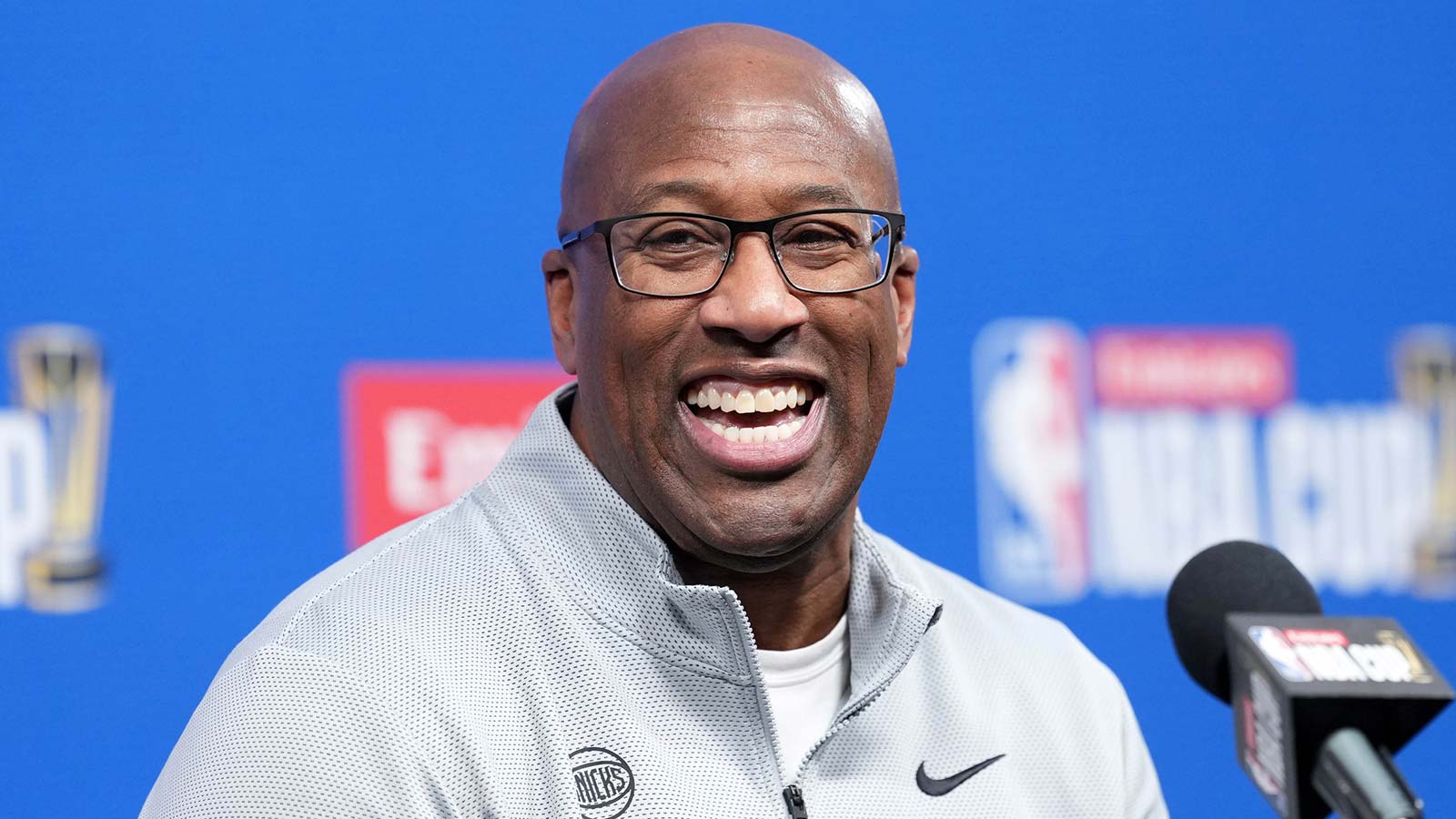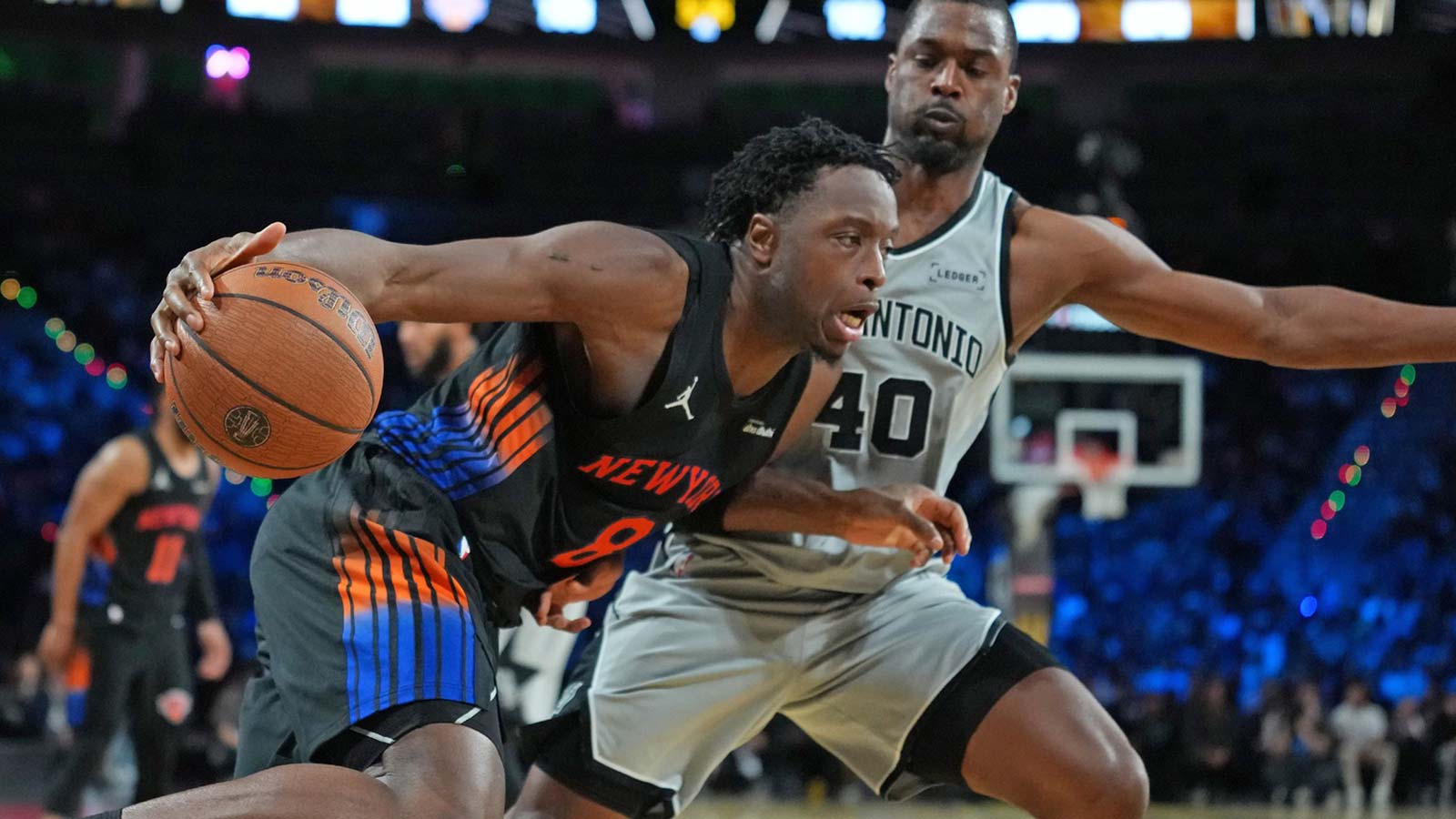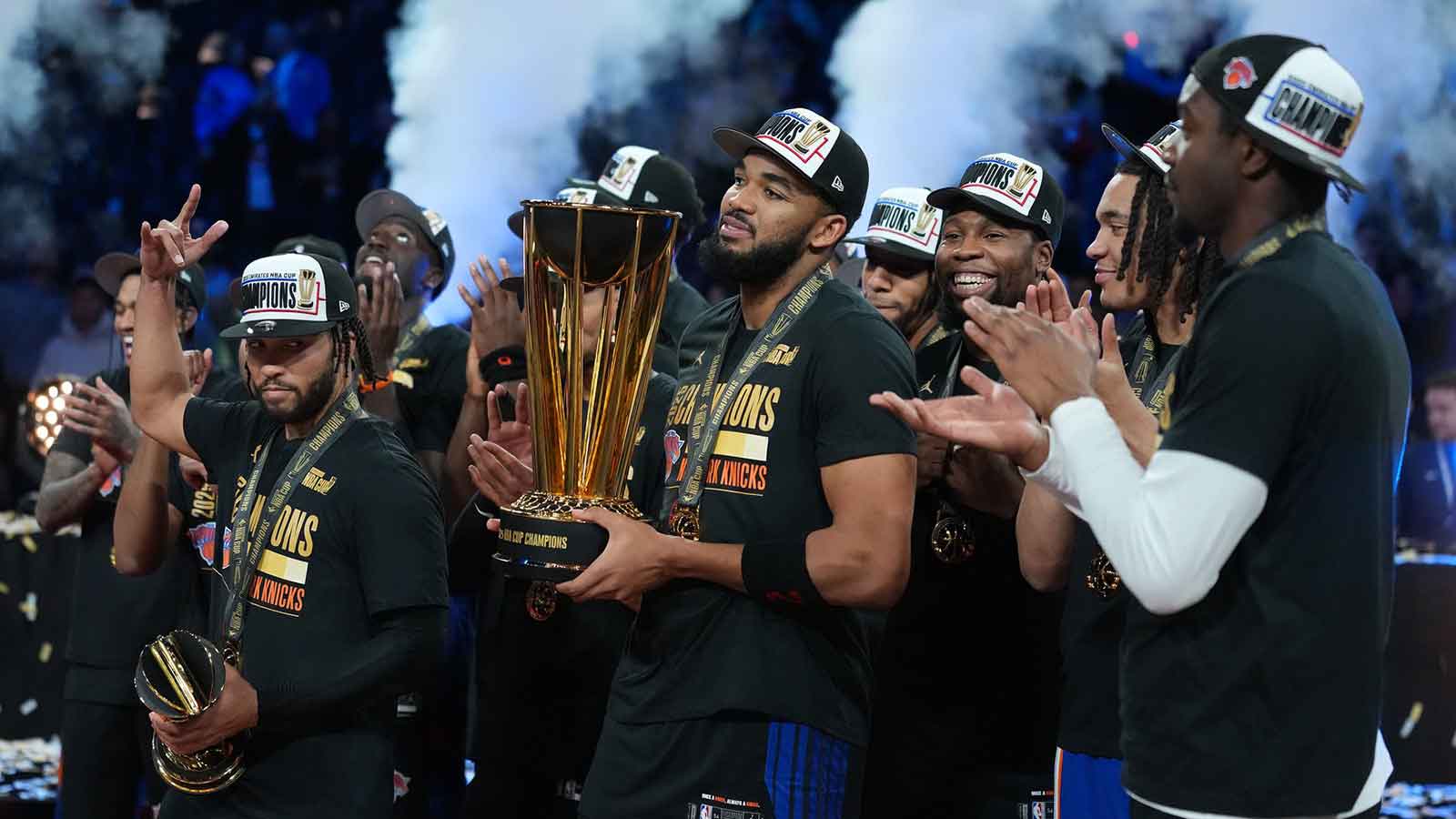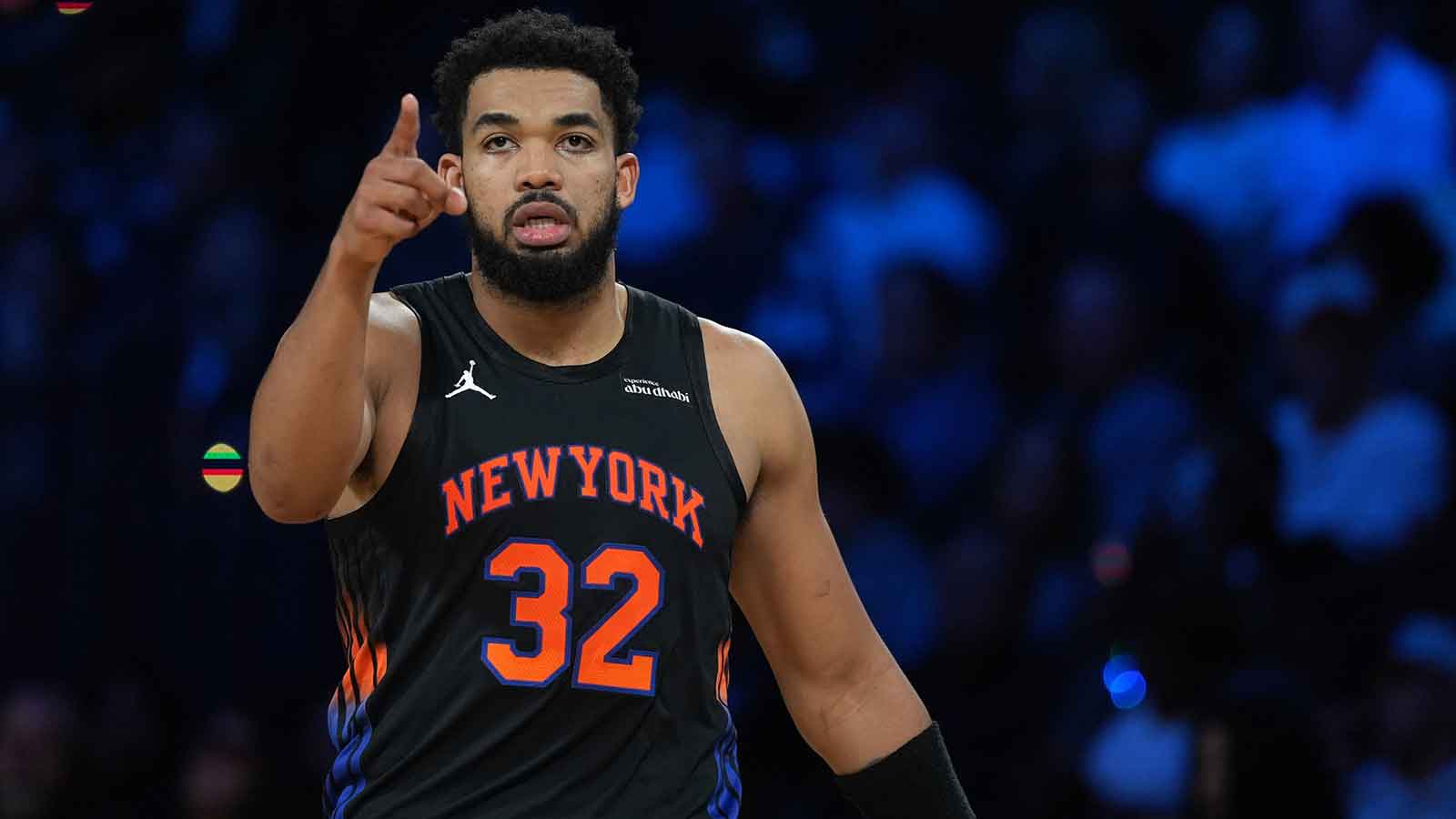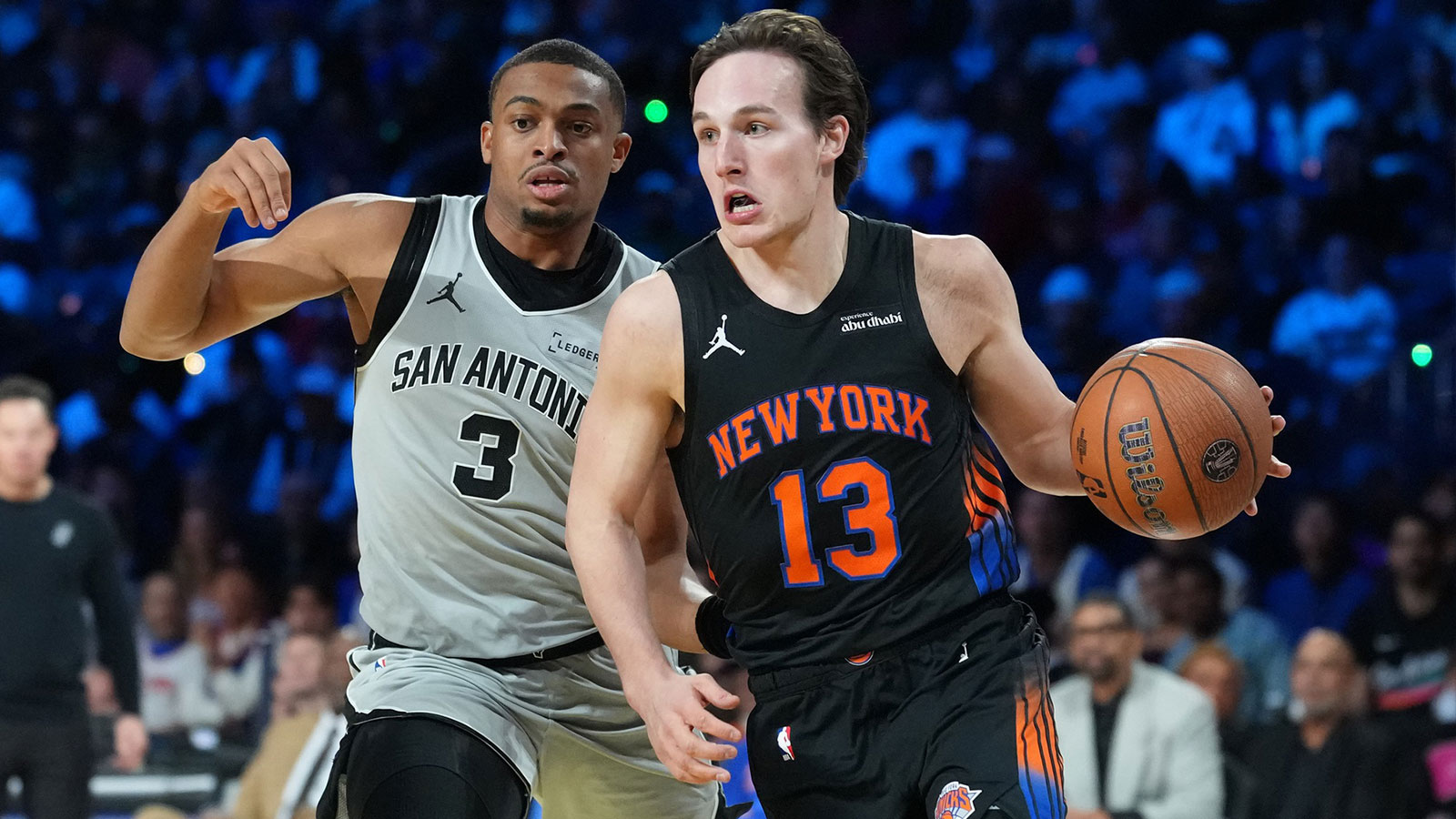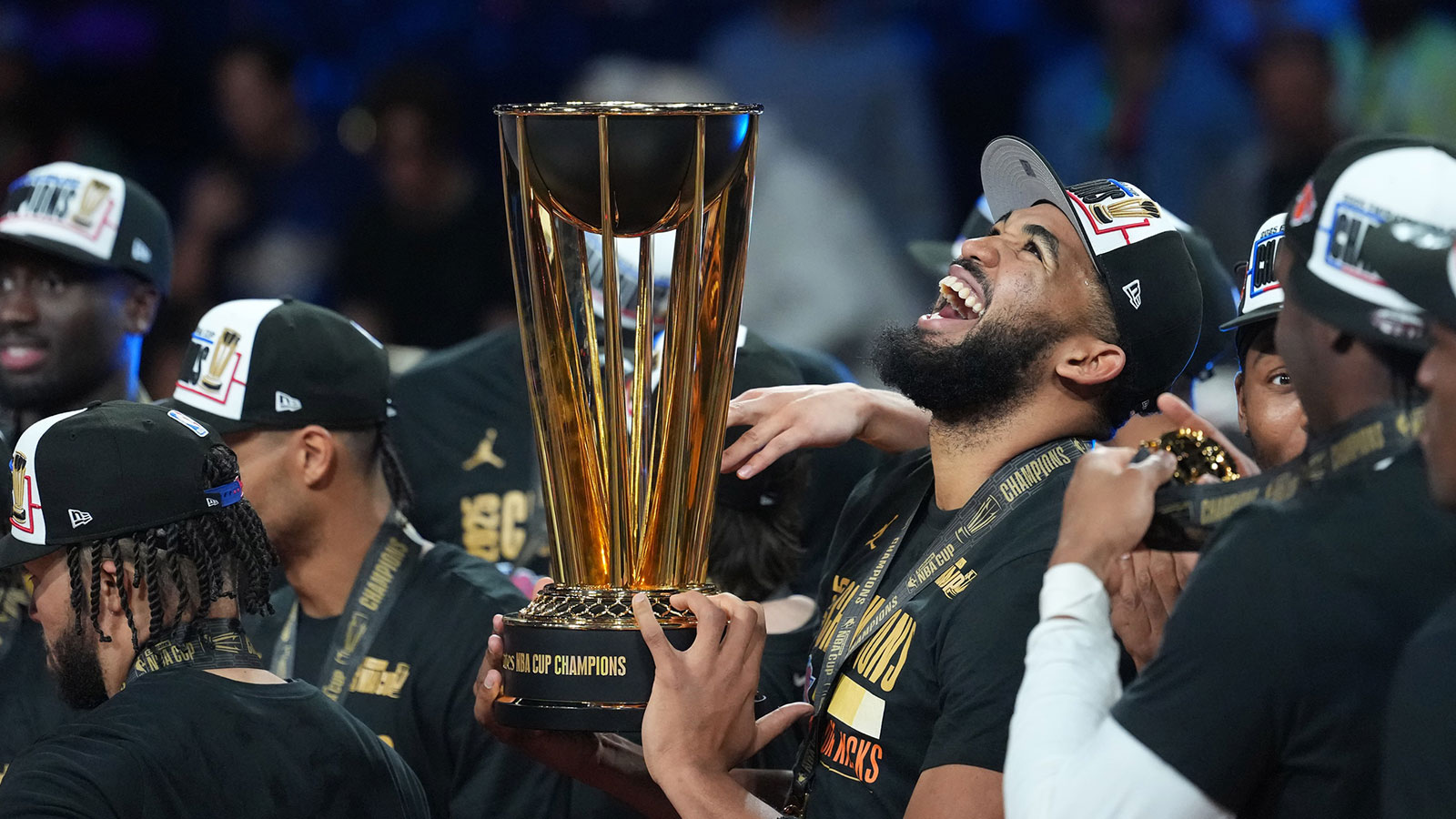The 2025 Eastern Conference Finals between the New York Knicks and Indiana Pacers is a collision of contrasting styles, legacies, and ambitions. While both teams have earned their place with gritty defense and timely offense, one glaring vulnerability could tip the scales: Indiana’s persistent struggles on the glass. For the Knicks, this is the crack in the Pacers’ armor they must relentlessly target if they hope to punch their ticket to the NBA Finals.
Indiana’s Glass Jaw
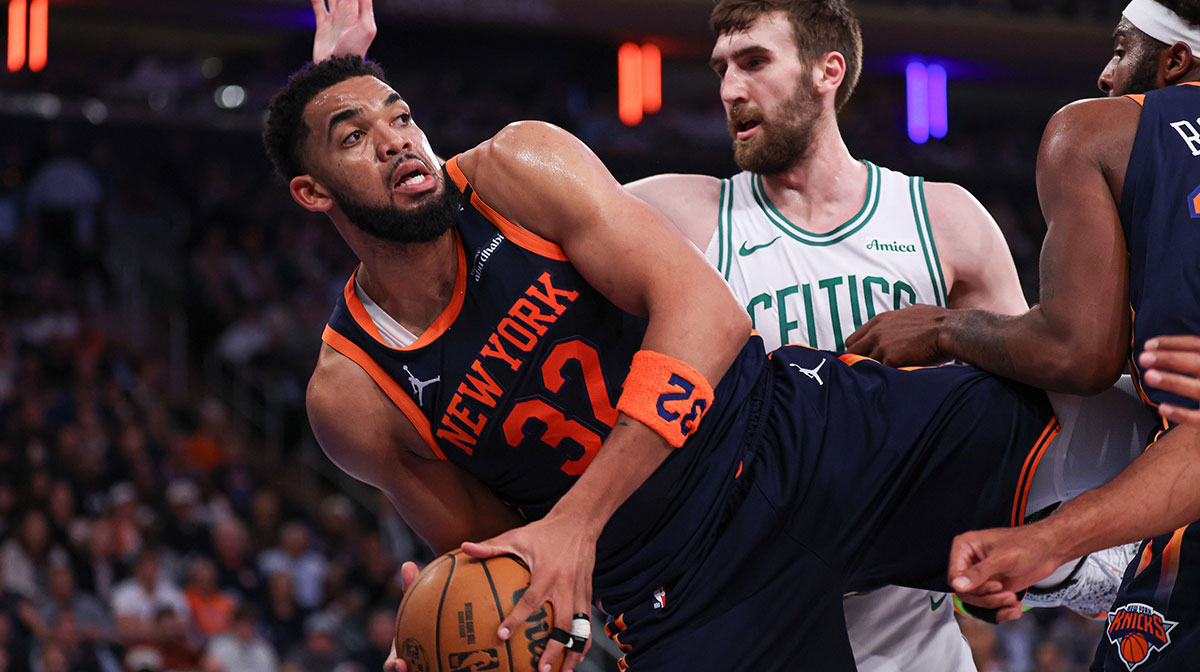
Despite their offensive brilliance and deep, versatile roster, the Pacers have been consistently outmatched on the boards throughout the postseason. Indiana ranks dead last among all playoff teams in rebounding rate, a deficiency that has haunted them in several close contests. The numbers are stark: Indiana has allowed 16.2 second-chance points per game in these playoffs, a figure that underscores their inability to finish defensive possessions and limit opponents’ extra opportunities.
This issue isn’t new for Indiana, but it’s become more pronounced under the playoff microscope, where every possession is magnified and every mistake punished. The Pacers’ system, built on speed, spacing, and relentless ball movement, often sacrifices size and physicality for pace and shooting. Their starting lineup, while offensively potent, lacks a true bruiser on the interior, and their bench, though deep, doesn’t feature a single elite rebounder.
If there’s a team built to exploit this flaw, it’s Tom Thibodeau’s Knicks. New York has been a top-tier offensive rebounding squad all season, grabbing 30.8% of their own missed shots in the playoffs, a rate that puts immense pressure on opposing defenses. Josh Hart, OG Anunoby, and Karl-Anthony Towns have all feasted on second-chance opportunities, while the Knicks’ collective commitment to crashing the boards has become a defining trait.
The impact of this edge is twofold:
-
Extra Possessions: Every offensive rebound is a potential backbreaker, extending possessions and forcing the Pacers’ defense to scramble, often leading to open threes or high-percentage looks.
-
Tempo Control: By dominating the glass, New York can slow the game down to their preferred halfcourt pace, limiting Indiana’s transition opportunities and forcing them into more set offense, where the Knicks’ defense excels.
The Pacers want to run. They thrive in chaos, pushing the ball off makes and misses, looking to catch defenses napping and create open threes in early offense. But that transition game is stunted if the Knicks are consistently grabbing offensive boards, forcing Indiana to take the ball out of the net or scramble to secure long rebounds.
On the other end, the Pacers’ offense is predicated on ball movement, pick-and-rolls, and off-ball screens, often stretching defenses laterally and creating driving lanes for Tyrese Haliburton and Pascal Siakam. Yet, if those initial actions don’t result in a make, their inability to secure the rebound gives New York a crucial lifeline.
Key Matchups and Adjustments
-
Myles Turner vs. Karl-Anthony Towns: Turner is a capable shot-blocker and floor spacer, but he’s not a dominant rebounder. Towns, meanwhile, has the size and skill to punish Indiana inside, especially if he’s aggressive on the offensive glass.
-
Josh Hart and OG Anunoby: Both wings are relentless rebounders, often sneaking in for putbacks and tip-ins. Their activity could tilt close games in New York’s favor.
-
Pacers’ Bench: Indiana’s depth is a strength, but none of their reserves are elite rebounders. If Knicks’ second unit can maintain pressure on the glass, it could neutralize Indiana’s rotation advantage.
How the Knicks Can Capitalize
To exploit Indiana’s fatal flaw, the Knicks must:
-
Crash the Offensive Glass Relentlessly: Send multiple bodies to the boards, especially when Haliburton or Siakam are off the floor, forcing Pacers’ guards to box out bigger, more physical opponents.
-
Punish Second-Chance Opportunities: Convert offensive rebounds into points, particularly from three, to maximize the psychological and scoreboard impact.
-
Control the Tempo: Use rebounding dominance to dictate pace, minimizing Indiana’s transition chances and forcing them into halfcourt sets where New York’s defense can set up.
Indiana’s best counter is to gang rebound, guards and wings must help Turner and Siakam on the boards. They may also need to sacrifice some pace for physicality, perhaps giving more minutes to bigger lineups or even dusting off deep bench options if the glass becomes a recurring issue.
Indiana’s rebounding woes are more than a statistical quirk, they’re a structural vulnerability that could define this series. The Knicks, with their physicality and commitment to the boards, are uniquely positioned to exploit this flaw. If New York can dominate the glass, they’ll not only generate extra possessions but also sap the Pacers’ energy, disrupt their rhythm, and control the flow of the game.
For Indiana, shoring up the boards isn’t just a priority—it’s a necessity. If they can’t, their dream season may end not with a buzzer-beater, but with a relentless barrage of second-chance points


